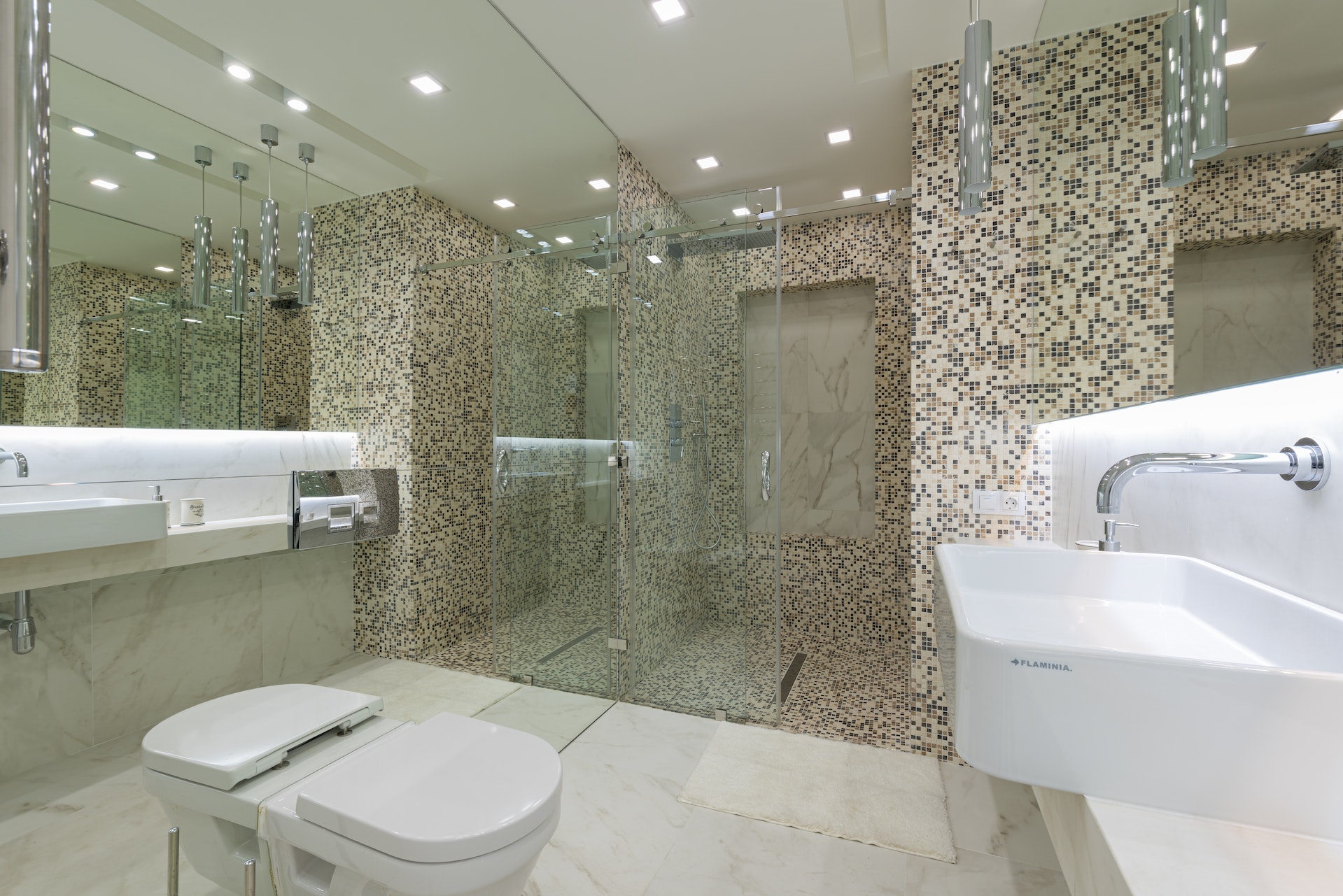The Septic Tank System is a system used for the treatment of wastewater in a home. Two pipes connect to the sewer system and contain beneficial anaerobic bacteria. This system requires regular maintenance to keep the wastewater clear. It also generates electricity using methane produced during the breakdown of sewage. This method is environmentally friendly since electricity generated using methane does not burn, which can produce pollution.
Need to Be Cleaned Regularly
If your home has a septic system, you should regularly get your septic tank cleaned. Over time, a septic tank can overflow, causing severe damage to your home, property, and soil. If your septic system is not cleaned regularly, you may have to spend thousands of dollars to get it repaired. Sometimes, a septic tank may need to be pumped more frequently than once yearly. The pumping frequency will depend on the level of waste in the tank. That’s why you need services like the septic tank pump out services orlando fl. It is a relatively easy and mess-free process; you only need to remove the tank lid. Care should be taken when removing the top, as it can break if it is too heavy.
A septic tank is a large underground container that stores wastewater. It is typically made from concrete, plastic, or fiberglass. The tank can become full faster than it can be emptied, so it needs to be cleaned regularly. Otherwise, it will not be as efficient and cannot treat wastewater properly.
Underground Sedimentation Tanks
A septic tank is an underground tank that treats sewage from homes. These tanks are usually made of masonry, concrete, fiberglass, plastic, or PVC. They separate solid waste from liquid by a process known as settling. As the waste settles, bacteria start to digest it and break it down into a more manageable state. The resulting effluent is safe for discharge into a drain field or soakaway.
Septic tanks require routine maintenance and construction to maintain a proper septic system. An overloaded system can lead to foul odors, backed-up toilets, and sewage forcing up through the leach field. The drain field should not be compacted or overgrown, as these can restrict effluent flow. It is also essential to check whether toilet paper is septic-safe before flushing it. Biodegradable toilet paper is best for this purpose to not disturb the vital bacteria in the tank.
Connected to a Septic Tank System by Two Pipes
Septic tanks are underground watertight containers that collect wastewater. Depending on your system, they are made of plastic, concrete, or fiberglass. Two pipes connect the tank to the septic system. The inlet pipe collects water waste and separates it from solid waste, while the outlet pipe spreads the wastewater evenly over the soil. The waste is divided into three layers:
- The top layer contains oils.
- The middle layer contains waste particles.
- The bottom layer is composed of water.
Advanced septic systems can remove more contaminants and allow safe, non-toxic discharge to a waterway or ditch. Once the wastewater is collected in the tank, it passes through the outlet pipe, typically 4″ in diameter. Septic systems sometimes require a pump station, which pressurizes the wastewater flow.
Contain Beneficial Anaerobic Bacteria
Anaerobic bacteria are found in septic tank systems and can help break down sludge in the bottom of the tank. They work in conjunction with other bacteria in the soil to create biomass around drain field pipes, helping to purify effluent as it passes through the system.
Chemicals are among the biggest enemies of these bacteria, so if you can avoid using them, you will help your septic tank regain health. Further, it would be best if you refrained from flushing drugs, especially ones that include a lot of antibiotics. Additionally, you can think about utilizing environmentally friendly cleaners like vinegar, baking soda, or hot water. Take-back initiatives are also available in your region, frequently linked to pharmacies and police enforcement.
Regular inspections and septic tank pumping are necessary to ensure the proper functioning of your septic system. A professional septic pump-out is recommended every three to five years, depending on the amount of solid waste in your system. Without regular pump-outs, undigested solids may build up in your septic tank.
Can Be Used in Areas Not Connected to a Sewerage System
Septic Tanks are often used in areas where a sewerage system cannot be installed or is too expensive. They are watertight and must be protected from untreated sewage and groundwater leakage. In areas where the water table is high, earth anchors may be necessary to stabilize the tank.
A septic tank should have an inlet and outlet pipe of at least four inches. It should also have baffles and tees to prevent floating scum from blocking the inlet pipe. There should be inspection ports on the top of the tank and above the ground surface. These should be watertight and have a locking bracket so that children cannot drop objects into them.
A septic tank is a watertight, buried tank for treating home wastewater. It separates solids from the liquid and conveys them to a final treatment site in the soil. The tank also serves as a bioreactor where microorganisms feed on wastes. The scum and sludge accumulate in the bottom of the tank and must be removed periodically.



